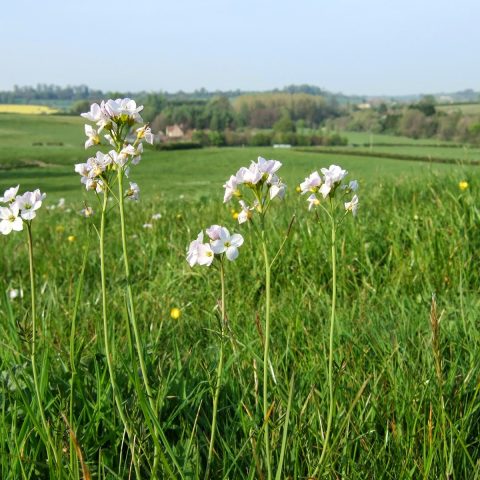The Claypits story
The Hamiltonhill Claypits is inextricably linked to the canal and the industrial history of Glasgow. The area was at the forefront of the industrial revolution, and the Claypits was the source for the clay required to seal the Glasgow branch of the Forth & Clyde Canal. After years of industry, the site fell into disuse and became derelict.
Long used as a landfill site and shunned by locals, the site lay desolate for almost 40 years. However, in the past five years it has undergone a stunning transformation and is arguably one of Glasgow’s most unique and beautiful green spaces.
In July 2021, Hamiltonhill Claypits officially opened to the public as a local nature reserve and one of the most biodiverse parks in the city. It is managed by a committee comprising of a total of nine volunteers and one full-time member of staff, who are responsible for its maintenance and growth.
To hear more from Bob Alston of Hamiltonhill Claypits Local Nature Reserve, who worked with Scottish Canals and Glasgow City Council to drive change on a staggering scale, please listen to the Carbon Copy Podcast Running Out of Time special episode about this initiative.
Useful learnings from the Claypits
Formalising the community group that spearheaded the site regeneration into a charity, The Hamiltonhill Claypits Management Group, was an important step as it facilitated working with partner organisations, securing funding and enabling local people to input into the future of the site.
Working in common interest with different stakeholders – that included landowners, Glasgow City Council and Scottish Canals – was vital in transforming the site into a place that connects the surrounding communities and nature.
Considering the impact of the site beyond a haven for wildlife helped reinforce the wider community benefits, from connecting people (13,000 households are within a 10-minute walking distance) to health, leisure and learning opportunities (Claypits local nature reserve lies within areas ranking from the top 5-15% on the Scottish Indices of Multiple Deprivation).
Tree planting has been at the heart of the project’s ethos and has proved to be highly engaging for the local community. Many local schoolchildren and residents have taken part in the process.
The Claypits metrics
Maintain and promote awareness of the ecology and heritage of the Claypits. Foster the site as a source of community wellbeing, enjoyment and learning. Improve local biodiversity and help nature to thrive in the area.





